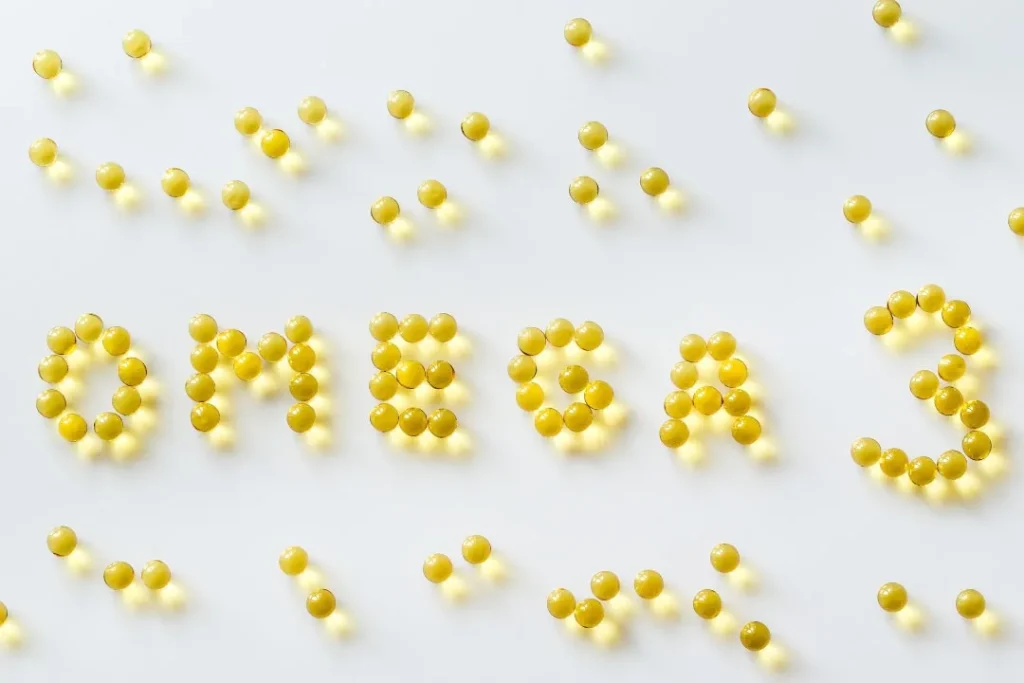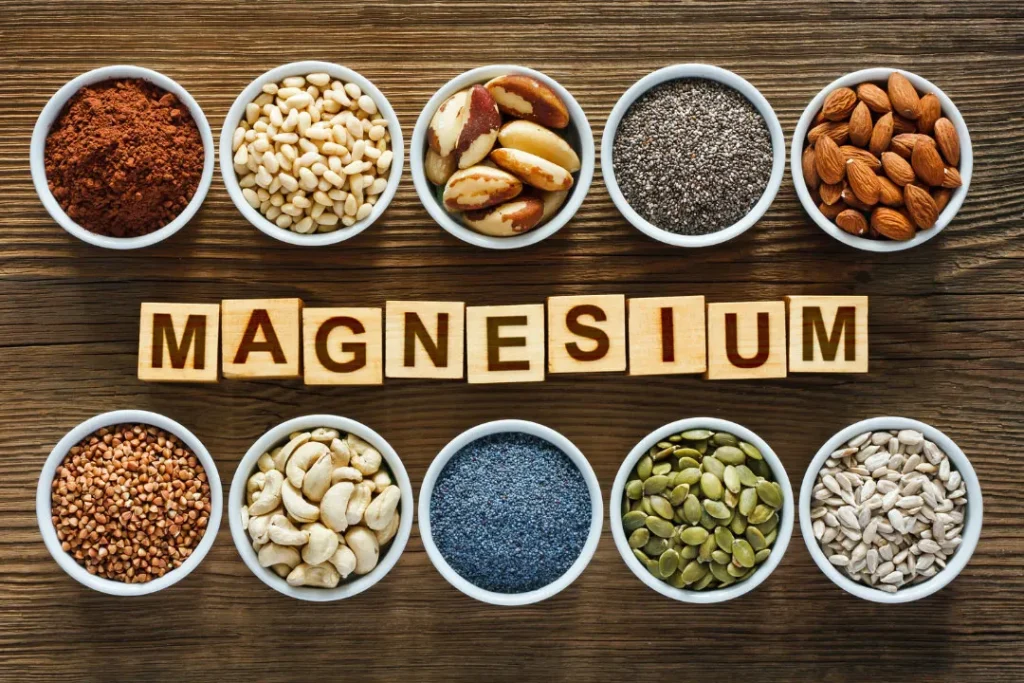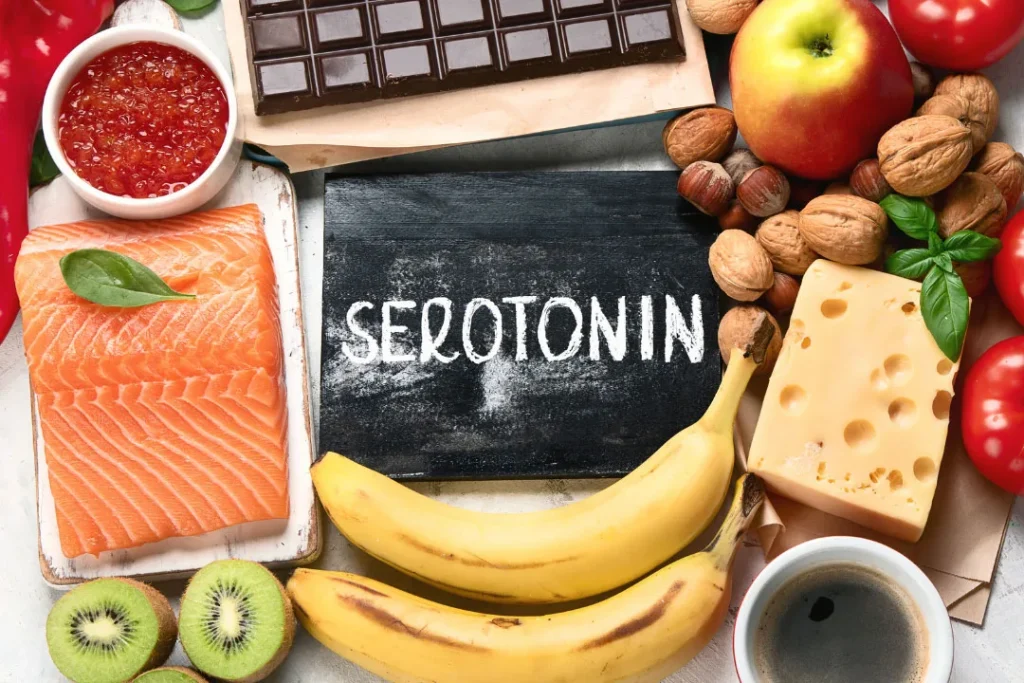Since pre-Columbian times, chia seeds have been native to Central and South America. They are produced from a plant called salvia hispanica L., and have been a staple for food. These nutrient-dense super-foods are increasingly gaining popularity on a global scale because of their complex nutritional ingredients and a range of positive health benefits.
You May Also Like:
What is Non Restorative Sleep? Here are 5 Great Ways to Get Quality Rest Every Night
Chia Seeds: Benefits, Dosage, Side Effects, Drug Interactions, and Other Important Information is an original (NootropicsPlanet) article.
The Nature of Chia Seeds
Salvia hispanica L. is a member of the mint family in Central and South America, and it is the source of chia seeds. The seeds have either brown, gray, black, or white dots. They are usually less than 2 mm in length. They are known for their hydrophilic qualities, which allow them to absorb up to 12 times their weight in water and take on the consistency of a gel texture. This quality distinguishes them from other seeds, giving them their flexibility in cooking.
Chia seeds are a nutritional powerhouse. They are rich in omega-3 fatty acids, dietary fiber, and protein. The seeds are also a good source of calcium, phosphorus, and zinc, among other vitamins. Additionally, they contain a remarkable variety of antioxidants that help reduce oxidative stress in the body.

Health Benefits
The health-promoting potential of chia seeds has undergone extensive research. According to the American Journal of Clinical Nutrition (2010), ALA’s anti-inflammatory and anti-thrombotic properties positively influenced cardiovascular health.
A 2019 research published in the European Journal of Nutrition found that type 2 diabetics who consumed chia seeds on a regular basis had considerably lower blood sugar and insulin resistance, confirming chia seeds’ function in glycemic management.
The high dietary fiber content of chia seeds can benefityour digestive health. Chia seeds encourage regular bowel movements and reduce feelings of constipation. Essential minerals like calcium and phosphorus help to maintain healthy bones, and their high antioxidant concentration can even lower your chance of developing illnesses like cancer.


Chemical Composition
Chia seeds have around 16.5g of protein, 42g of dietary fiber, 30.7g of fat (including polyunsaturated, monounsaturated, and saturated fats), and 44.3g of carbs per 100g serving (USDA, 2021). The omega-3 fatty acid and alpha-linolenic acid (ALA) are abundant in chia seeds and it cannot be produced in our body, even though it is vital for our health.
Additionally, chia seeds have several vitamins including vitamins A, B, and E. Chia seeds also have calcium, magnesium, iron, and zinc minerals. Quercetin, kaempferol, and chlorogenic acid are three powerful antioxidants in chia seeds. They support cellular health by scavenging toxins in the body and lowering oxidative stress.


Physiological Benefits of Chia Seeds
Chia seeds have a high fiber content and can absorb up to 27 times their weight in water, which increases your sense of fullness. This is a great benefit if you need help with weight management. As a precursor to serotonin, a neurotransmitter in your brain, tryptophan, an amino acid, encourages improved sleep and mood stabilization.
Your body transforms the omega-3 fatty acids in chia seeds into eicosapentaenoic acid (EPA) and docosahexaenoic acid (DHA). These substances are essential for maintaining cardiovascular, cognitive, and neurological health. The high antioxidant concentration also lessens oxidative stress, promoting cellular health and lowering the risk of chronic diseases.


Optimal Dosage
According to the Dietary Guidelines for Americans, adults should consume 1.1-1.6g of ALA daily. This can be done by taking 15–20g (1.5 tablespoons) of chia seeds per day.
Side Effects
When you consume them in moderation, chia seeds are typically safe. However, some people can have digestive problems due to their high fiber content. Symptoms include bloating, gas, or diarrhea, especially when you add them to your diet. It’s crucial to increase fiber consumption gradually and make sure you’re drinking enough water.
Potential Substance Interactions
Chia seeds have the potential to be antithrombotic, therefore they might hypothetically interact with anticoagulants like warfarin. Before including chia seeds in your diet, if you are taking these drugs, you should see a doctor. Additionally, if taken simultaneoulsy withsome drugs, the high fiber content can prevent their absorption.
Best Use of Chia Seeds
Chia seeds can be used in a variety of dishes because of their adaptability. They can be eaten raw, mashed into a meal, sprouted, or soaked in liquid to create a gel. Uncooked chia seeds can be added to dishes as a garnish, which is one of the easiest ways to eat them. They can be used as a topping for foods or as an addition to recipes to increase their nutritional value.
Chia seeds are soaked in liquid to increase their digestibility. By doing this, the liquid turns them into a gel consistency. . Chia pudding, a wholesome and satisfying snack or breakfast food, is made with this base.
Due to their ability to turn into gel, chia seeds can also be used to thicken smoothies, dressings, and sauces. They can even replace eggs in baked goods. A chia ‘egg’ can be made by combining one tablespoon of chia seeds with three tablespoons of water.
Chia Seeds:
Conclusion
Even though chia seeds are often well accepted as a dietary supplement, we still encourage you to include them into your diet gradually, especially if you’re not used to eating foods with a lot of fiber. Be sure to drink enough water to stay hydrated, since chia seeds absorb fluids and might cause dehydration. Before making large dietary changes or utilizing chia seeds for therapeutic purposes, always consult your healthcare professional or a qualified nutritionist.
References:
- Nutrient data for 12006, Seeds, chia seeds, dried. USDA FoodData Central. Retrieved from: https://fdc.nal.usda.gov/fdc-app.html#/food-details/789977/nutrients
- Omega-3 fatty acids: Fact sheet for health professionals. National Institutes of Health. Retrieved from: https://ods.od.nih.gov/factsheets/Omega3FattyAcids-HealthProfessional/
- Vuksan, V., Jenkins, A. L., Dias, A. G., Lee, A. S., Jovanovski, E., Rogovik, A. L., & Hanna, A. (2010). Reduction in postprandial glucose excursion and prolongation of satiety: possible explanation of the long-term effects of whole grain Salba (Salvia Hispanica L.). European Journal of Clinical Nutrition. Retrieved from: https://www.nature.com/articles/ejcn2009153
Important Note: The information contained in this article is for general informational purposes only, and should not be construed as health or medical advice, nor is it intended to diagnose, prevent, treat, or cure any disease or health condition. Before embarking on any diet, fitness regimen, or program of nutritional supplementation, it is advisable to consult your healthcare professional in order to determine its safety and probable efficacy in terms of your individual state of health.
Regarding Nutritional Supplements Or Other Non-Prescription Health Products: If any nutritional supplements or other non-prescription health products are mentioned in the foregoing article, any claims or statements made about them have not been evaluated by the U.S. Food and Drug Administration, and such nutritional supplements or other health products are not intended to diagnose, treat, cure, or prevent any disease.
